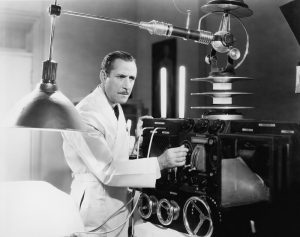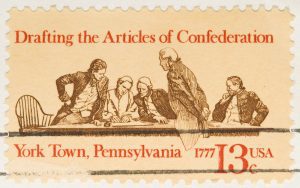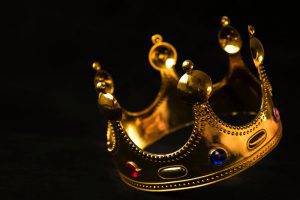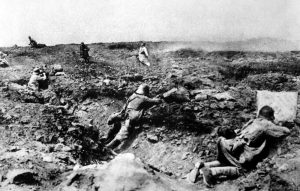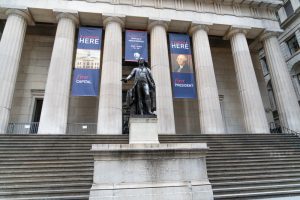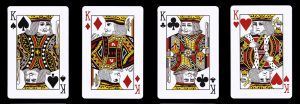The Declaration of Independence is America’s founding document. It was a product of an enlightened generation that would no longer accept the authority of an unelected monarch.
This historical document provided the reasons behind the American Revolution and the basis for the enumeration of powers of a new constitutional government.
The four parts of the Declaration of Independence are:
1. Why the American colonists wrote the document.
2. A statement of the natural rights of individuals and how governments are set up to protect those rights.
3. A list of grievances against Britain’s King George.
4. The declaration that the American states are breaking away from Great Britain
Table of Contents
Part 1: Why the colonists wrote the declaration

The first paragraph of the Declaration acknowledges that “a decent respect to the opinions of mankind” requires the colonists to “declare the causes which impel them” to “dissolve the political bands” with Great Britain.
Along with that break, wrote the Declaration’s author, Thomas Jefferson, came the right to assume a “separate and equal station to which the Laws of Nature and of Nature’s God entitled them.”
Part 2: A statement of the natural rights of individuals and the government’s role in protecting those rights
The Declaration continues its theme of “natural rights” with the following breathtaking and revolutionary assertions:
“We hold these truths to be self-evident, that all men are created equal, that they are endowed by their Creator with certain unalienable Rights, that among these are Life, Liberty and the pursuit of Happiness.”
That statement is the foundation of a social and philosophical movement that was the legacy of The Enlightenment.
Philosophers like John Locke were Thomas Jefferson’s inspiration and were at the vanguard of a movement that no longer accepted as natural the nobility and its monarch who ruled by so-called “Divine Right.”
America has never been about monarchs who claimed “divine right” to rule over others. Thomas Jefferson knew that enlightened people were beyond all that.
Kings had no God-given authority over anyone.
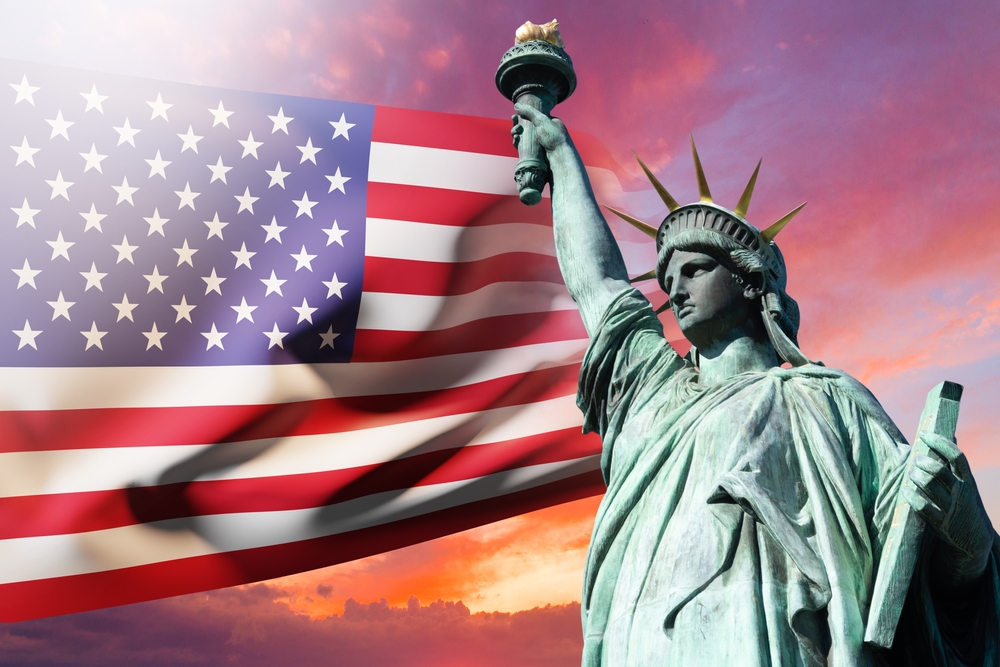
The foundation of the American Revolution was in the next sentence of the Declaration:
“That to secure these rights, Governments are instituted among Men, deriving their just powers from the consent of the governed.
“That whenever any Form of Government becomes destructive of these ends, it is the Right of the People to alter or to abolish it…”
Essentially, in the eyes of King George III, those who signed the Declaration were committing treason.
Part 3: A list of grievances against the British King
King George III and his arrogant ministers and Parliament were of a starkly different opinion. Colonists were second-class citizens and had no rights.
The colonies existed for the sole material benefit of the mother country’s mercantile interests.
For years, the British government had pursued a policy of economic and military oppression that outraged all levels of American Colonial society.
The British Stamp Act and other punitive laws united colonists up and down the eastern seaboard and eventually resulted in an armed insurrection that spread from Bunker Hill in Massachusetts and ended in Yorktown, Virginia.
Complaints against George III
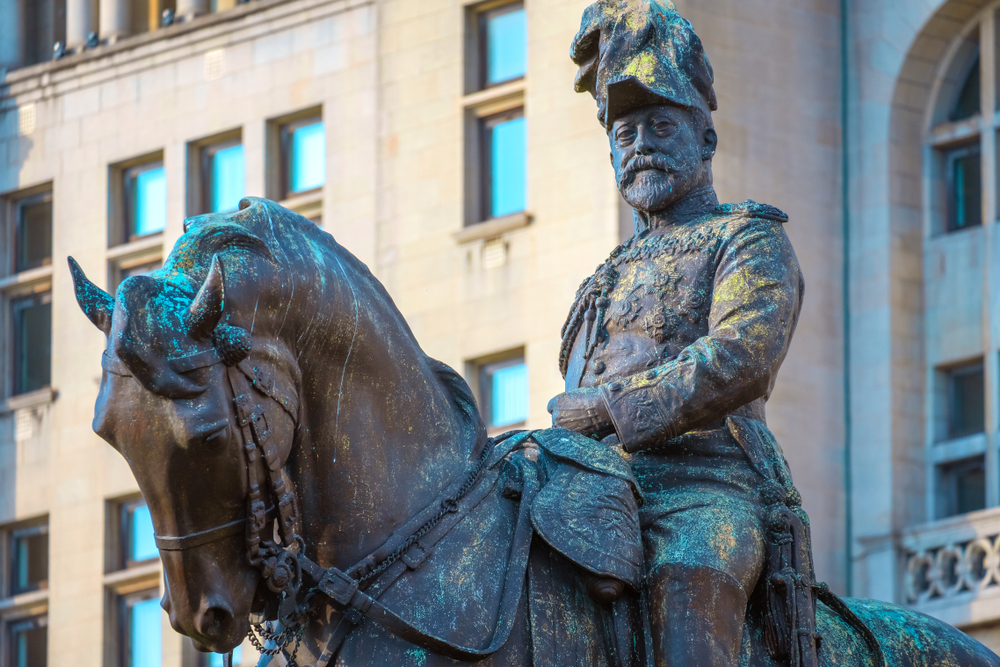
Much of the Declaration of Independence is a list of 27 grievances against the British King, which begins with the statement, “The history of the present King of Great Britain is a history of repeated injuries and usurpations, all having in direct object the establishment of an absolute Tyranny over these States.
“To prove this,” the Declaration continues, “let Facts be submitted to a candid world…”
Those facts are enumerated in a list of charges beginning with “He has…” committed a variety of tyrannical acts ranging from neglect to active interference with their self-rule.
The biggest complaint, and one that became the basis of the revolutionary slogan “no taxation without representation,” was “imposing taxes on us without our consent.”
So, as in any dispute, the best guide is to “follow the money.”
Following the listing of complaints against the King was “…We have Petitioned (the King) for Redress in the most humble terms: (but) Our repeated Petitions have been answered only by repeated injury.”
As the final break in loyalty to the Crown, the Declaration characterizes the King as “A Prince, whose character is thus marked by every act which may define a Tyrant…unfit to be the ruler of a free people.”
The complaints don’t omit Parliament and their colonial appointees: “They too have been deaf to the voice of justice and of consanguinity.
“We must, therefore, acquiesce in the necessity which denounces our Separation, and hold them, as we hold the rest of mankind, Enemies in War, in Peace Friends.”
Part 4: The resolution of independence
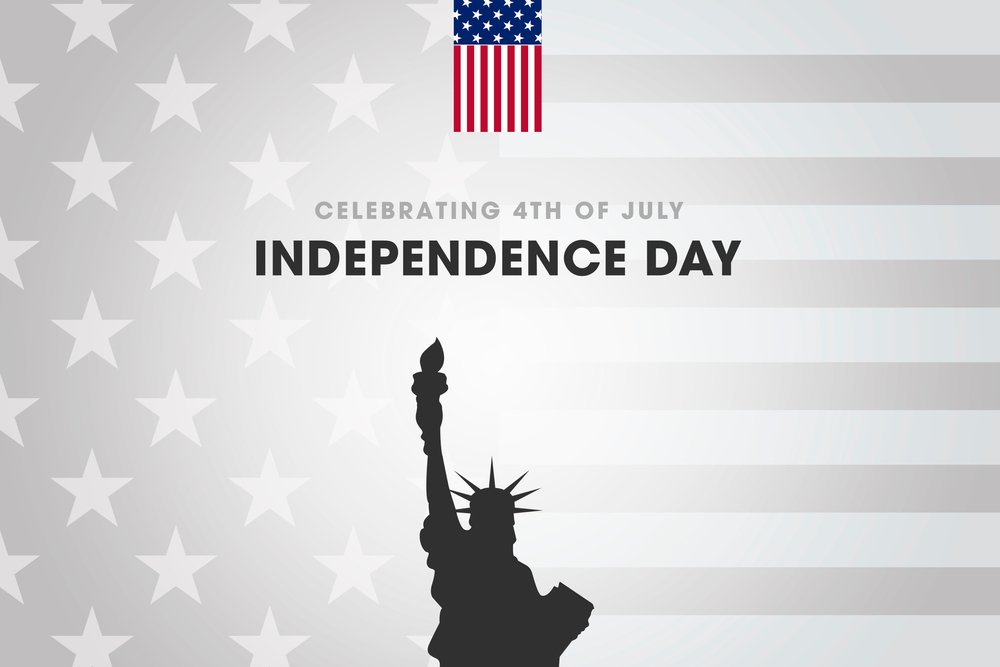
Jefferson saved the most dramatic and important statement for last. It declares a complete and final break with Great Britain, by declaring:
“…That these united Colonies are, and of Right ought to be Free and Independent States…
“…That they are Absolved from all Allegiance to the British Crown…”
“…that all political connection between them and the State of Great Britain is and ought to be totally dissolved…”
That “as Free and Independent States, they have the full power to levy War, conclude Peace, contract Alliances, establish Commerce, and to do all other Acts and Things which Independent States may of right do.”
The Continental Congress representatives who signed the declaration did so “with a firm reliance on the protection of Divine Providence…” and they mutually pledged “to each other our Lives, our Fortunes, and our sacred honor.”
Signers of the Declaration were from the states of New Hampshire, Massachusetts, Rhode Island, Connecticut, New York, New Jersey, Pennsylvania, Delaware, Maryland, Virginia, North Carolina, and Georgia.
How the Declaration of Independence influenced what followed
America’s Founders, then, were united in the belief that the colonies could be transformed by disconnecting commercially and philosophically from the growing corruption in the mother country that had injected that “poison” into the American bloodstream.
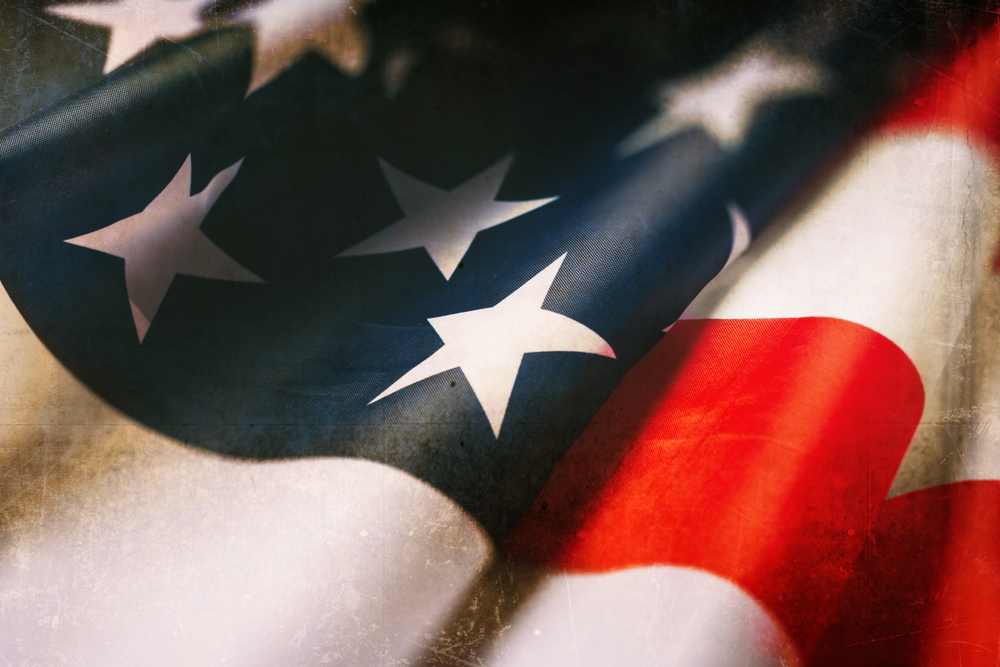
The Great Awakening that had stirred their previous generation, they believed, could be revived and revitalized in a new American Society and generate a new beginning of morality and civic responsibility.
The attack and curtailment of the rights of colonists, in their view, were also threats to their business interests.
For example, the coercive and punitive acts of Parliament, from the 1763 restrictions on land settlement in the Indian Territory to the wildly unpopular Stamp and Tea acts, were, in the view of the merchant class, a coordinated undermining of their property, liberties, and their lives.
If a man cannot be safe in his own property, they reasoned, then he cannot be secure in his citizenship.
It was property that conferred liberty and independence as well as personal identity.
So, King George III represented to the American Founders the antithesis of “Revolutionary Republicanism.”
According to one pamphleteer, George’s England was no longer “in a condition at present to suckle us, being pregnant with vermin that corrupt her milk and convert her blood and juices into poison.”
The Declaration was signed in 1776. It would take five years and the help of the French Navy to expel British forces from the colonies.
In 1777, the newly independent colonies signed their first covenant in the Articles of Confederation.
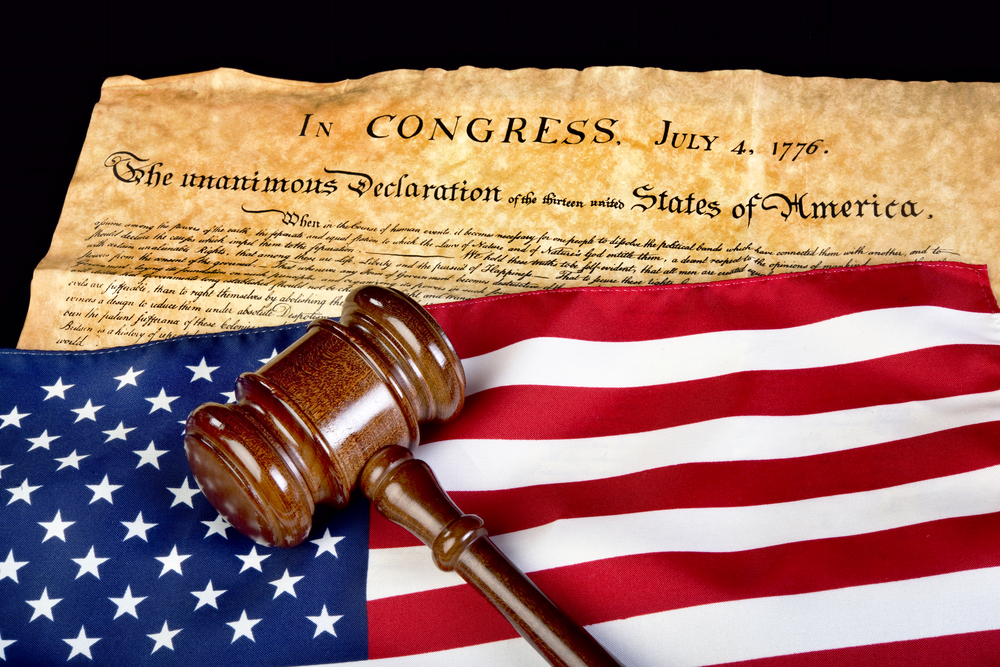
Eleven years later, as the Articles of Confederation proved to be inadequate to running an efficient central government, the states ratified the Constitution of the United States.
All the grievances against British tyranny listed in the Declaration of Independence were addressed and corrected with the adoption of the U.S. Constitution.
What remained unresolved in both the Declaration of Independence and the U.S. Constitution was the difficult problem of human slavery.
It was the one problem that was put aside for later.
In fact, the word “slave” does not appear anywhere in the Constitution. It was the infamous “three-fifths” clause in Article 1 of the Constitution that reads: “Representatives and direct Taxes shall be apportioned…according to their respective Numbers, which shall be determined by adding to the whole Number of free Persons (and) three fifths of all other Persons.”
That compromise preserved the political power of slaveholding states without protecting the interests of the “other persons.”
Had the founders not agreed to accept and compromise with southern slaveowners, and, in fact, agreed not even to discuss it, there would have been no United States.
In fact, slavery was the first of many compromises that formed the United States and kept the country together until those compromises were unraveled by the forces of freedom and justice.
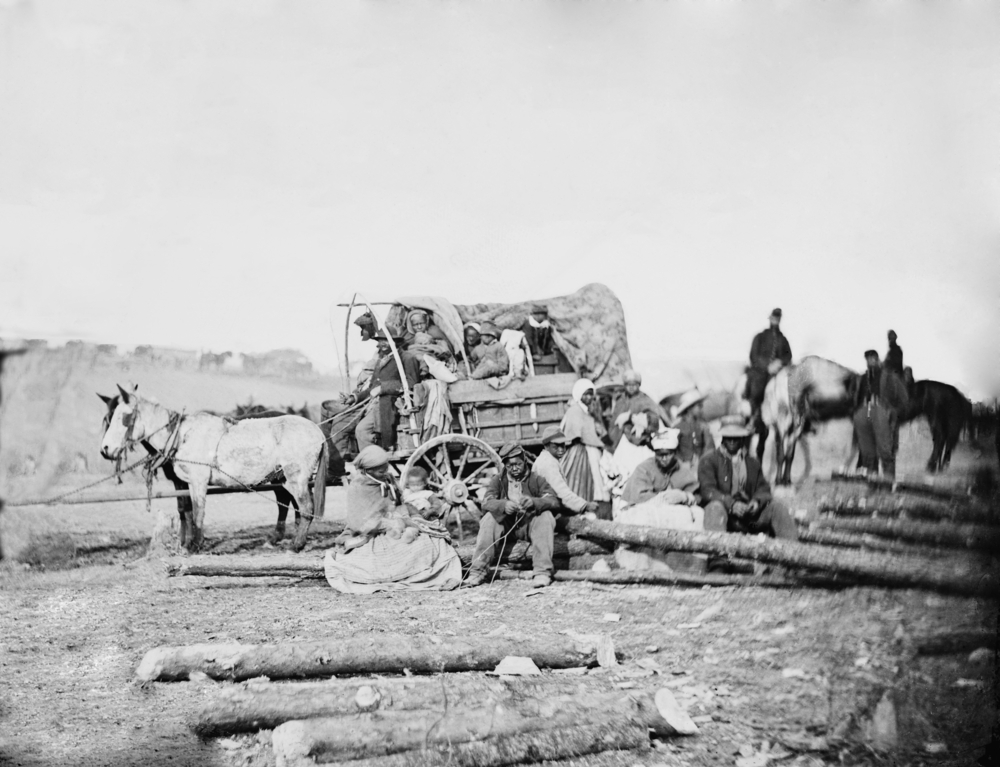
The final unraveling was the four-year Civil War four-score and seven years later. The War and the 13th Amendment to the Constitution was only the first step in fulfilling the commitment of the Declaration of Independence that “all men are created equal.”




